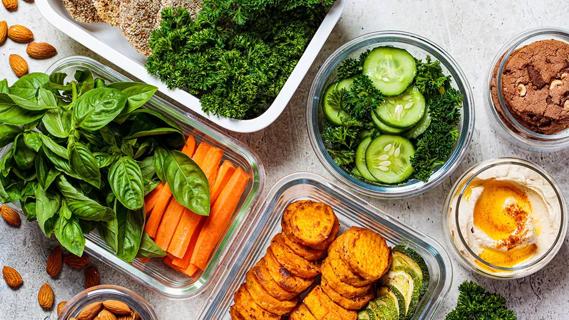Skip extra fat and sodium for a healthier fiesta

So often, Mexican meals come laden with added sodium and saturated fat. Learn how to bypass the fried tortillas, sour cream and cheese and still enjoy the robust flavors of Mexican fare. When you make a few heart-smart choices, Mexican food can be tasty, fresh and healthy.
Advertisement
Cleveland Clinic is a non-profit academic medical center. Advertising on our site helps support our mission. We do not endorse non-Cleveland Clinic products or services. Policy
Dietitian Kate Patton, MEd, RD, CSSD, LD, offers heart-smart tips for restaurant dining and at-home cooking.
A few tips for savvy restaurant ordering:
Advertisement
Plan flavorful, balanced Mexican meals with these tips:
Advertisement
Learn more about our editorial process.
Advertisement

With a focus on internal cues for hunger and fullness, this eating style may revolutionize your relationship with food

Review the ingredients, watch for sugar and fat, and choose one with the right amount of protein for your needs

A typical recommended balanced diet is half fruits and veggies, a quarter protein and a quarter grains

Foods high in protein, fiber and water can help keep hunger at bay

This quirky food trend is harmless, as long as you’re getting enough protein, fiber and healthy fats

This vital nutrient helps your brain and body in many ways — and most of us need more of it

Wrapped or sandwiched, try to choose fillings and condiments that are minimally processed, low in saturated fat and high in fiber

Set yourself up for success by carefully choosing your recipes, storage containers and prepping day

Start having sex about 72 hours before ovulation, then at least every other day during your fertile window

Attachment theory suggests that your earliest relationships shape connections throughout your life

It isn’t a recognized mental health disorder, but research shows that problematic social media use can negatively affect your mental health, self-esteem and sleep